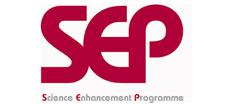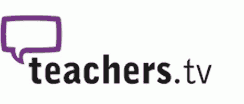Reactivity Series, Redox Reactions and Extraction of Metals
Students should learn about the reactions of metals and are expected to be able to place metals in order of reactivity based on simple experiments such as the reactions of metals with water and acids and also displacement reactions between metals and solutions containing the ions of other metals.
They should also relate the reactivity of metals to their tendency to form positive ions and the idea of electron transfer between a metal and the ion of another metal in solution leads to a definition of oxidation and reduction and therefore redox reactions.
The position of a metal in the reactivity series is related to the available methods of extraction of the metal. These resources cover four main methods: physical extraction, simple heating of the ore, reduction by heating with carbon and electrolysis.
Alternatives to traditional methods of metal extraction such as phytomining and bioleaching are also included in this list and students need to understand the advantages and disadvantages of these non-traditional methods.
Whilst this list provides a source of information and ideas for experimental work, it is important to note that recommendations can date very quickly. Do NOT follow suggestions which conflict with current advice from CLEAPSS, SSERC or other recent safety guides. eLibrary users are responsible for ensuring that any activity, including practical work, which they carry out is consistent with current regulations related to Health and Safety and that they carry an appropriate risk assessment. Further information is provided in our Health and Safety guidance
Chemistry in a Blast Furnace *suitable for home teaching*
This poster details the reactions that occur in the blast furnace. There is a detailed diagram and explanations of how the process works.
Thermite Reaction
This video outlines the procedure to carry out a safer version of the thermit reaction using zinc and copper oxide. It is shown as a class practical and gives useful information about how to run the experiment effectively.
Mineral resources
This resource explores different types or mineral deposits found in the Earth and focuses in particular on copper deposits called porphyry. A presentation looks at how these deposits are formed and mined.



